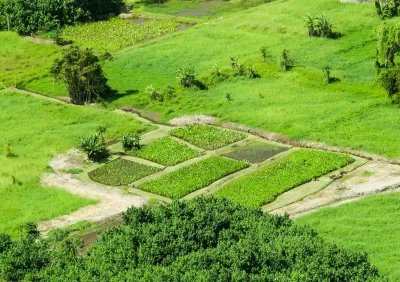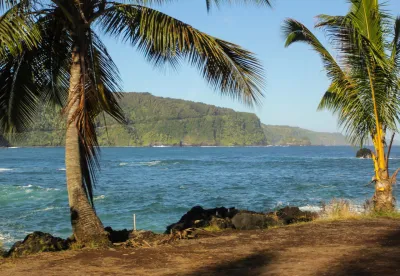Ke’anae’s Old Stone Church, called “Ihi’ihio Iehowa o na Kaua” in Hawaiian, was built in 1856 and is the sole surviving building of the April 1st, 1946 killer tsunami which wiped out the entire village. There was an 8.6 monster earthquake that originated in the Aleutian Islands chain off the coast of Alaska that caused a 100 ft. high devastating tsunami near the epicenter in the Aleutians, but had lost most of their energy and were maxed out at 35 feet by the time they hit the Ke’anae Peninsula.
The 12 meter waves hit Maui hard as they came ashore. Remember, it was 1946 and there wasn’t any such thing as a tsunami warning system in the Pacific at the time, leaving Hawaii completely vulnerable and blind to what was coming. Tragically, there were 20 children and 4 teachers pulled out to sea, a completely devastating loss for such a small village like Ke’anae.
The most positive outcome from this tragedy was the development and implementation of the Pacific Tsunami Warning Center which was, and still is, headquartered on Ewa Beach on Oahu, Hawaii.















